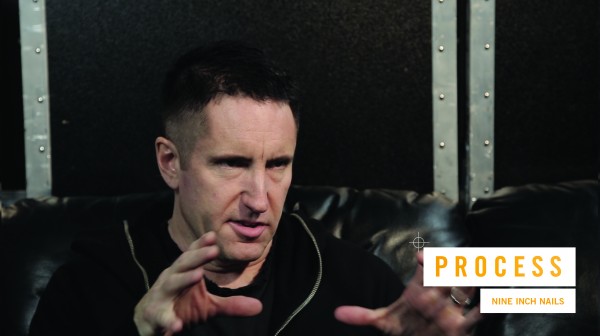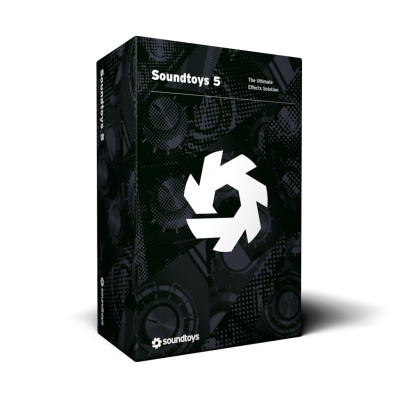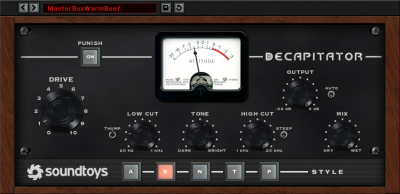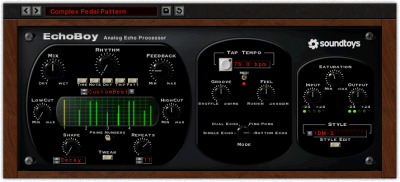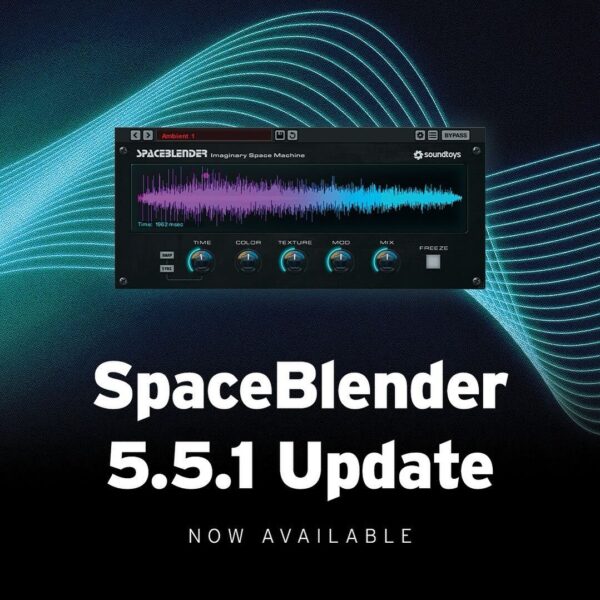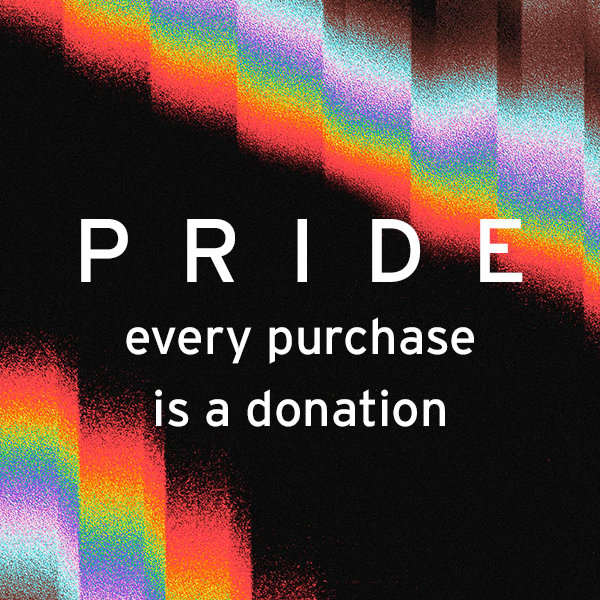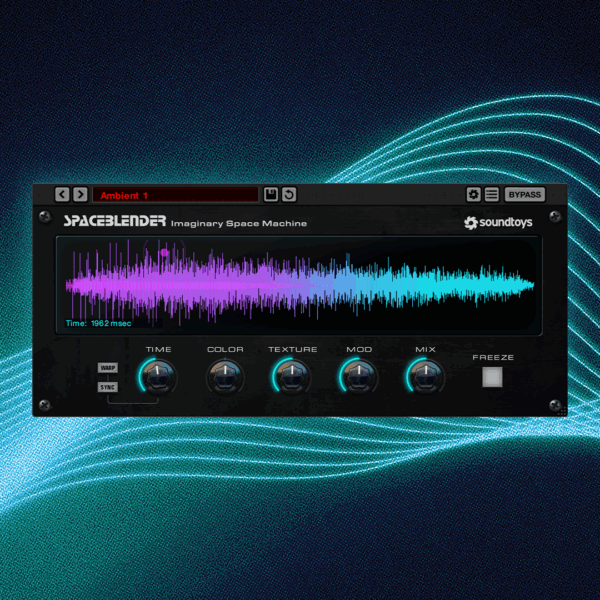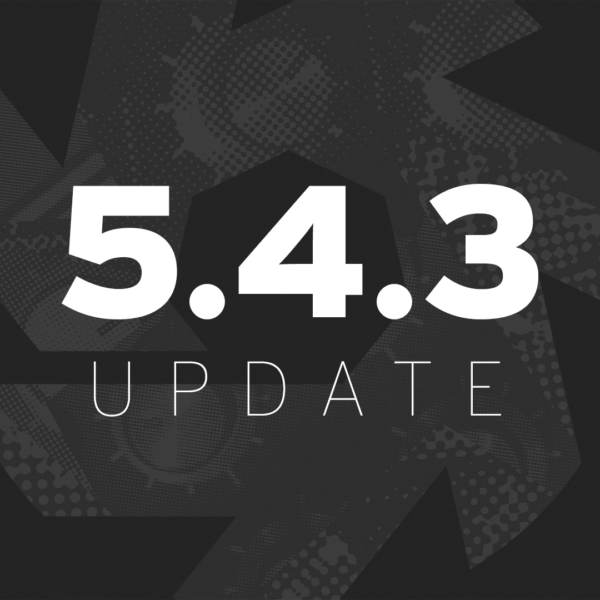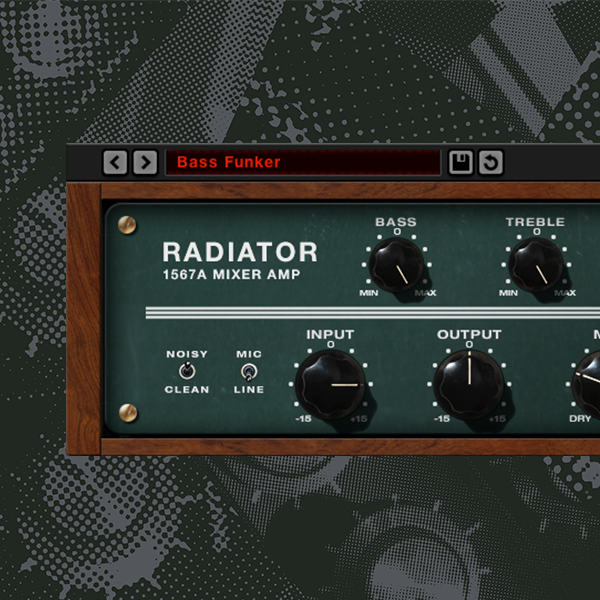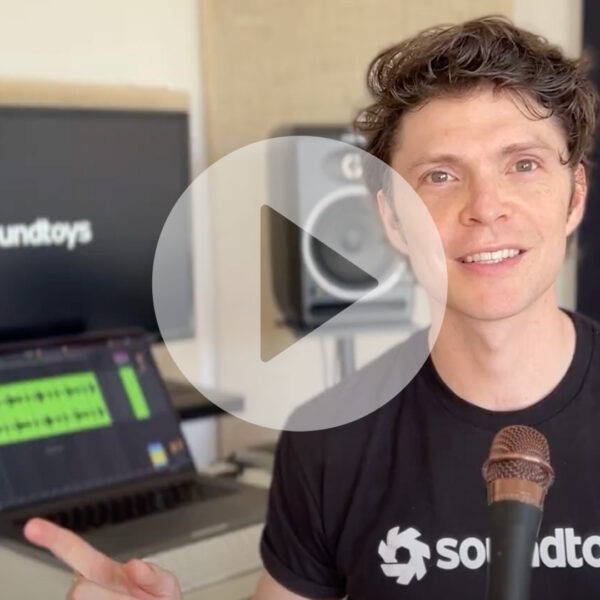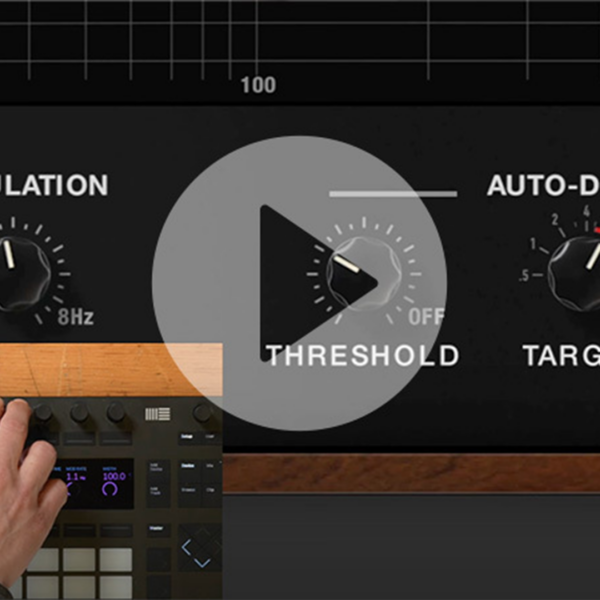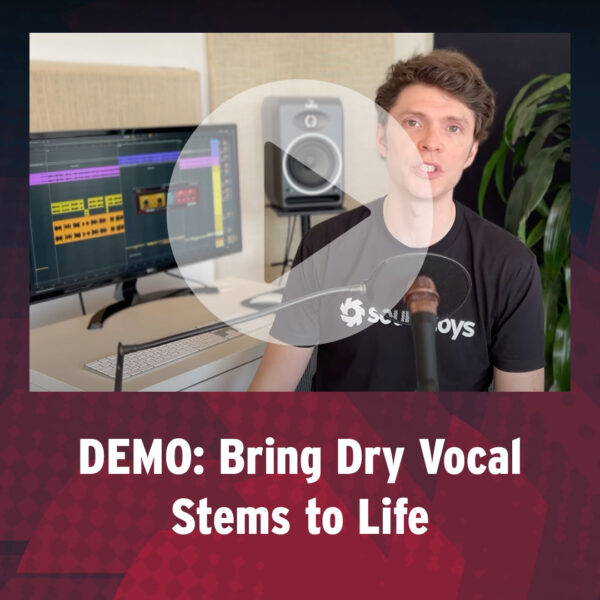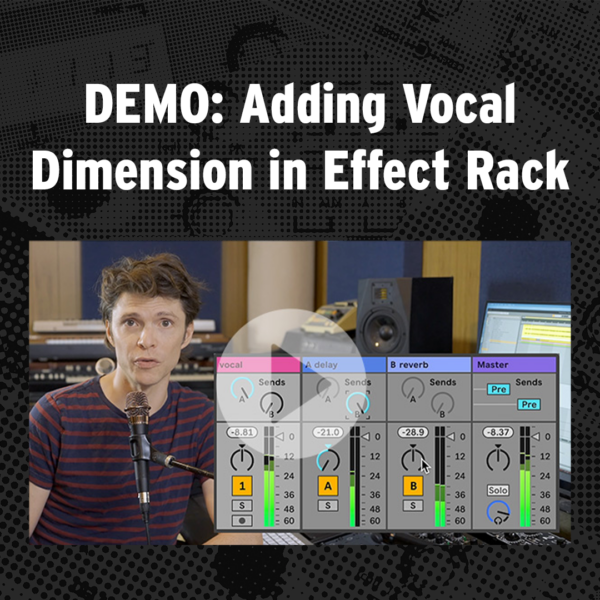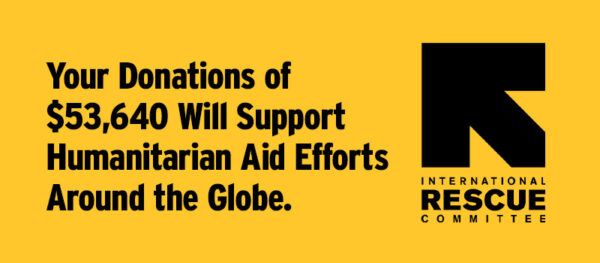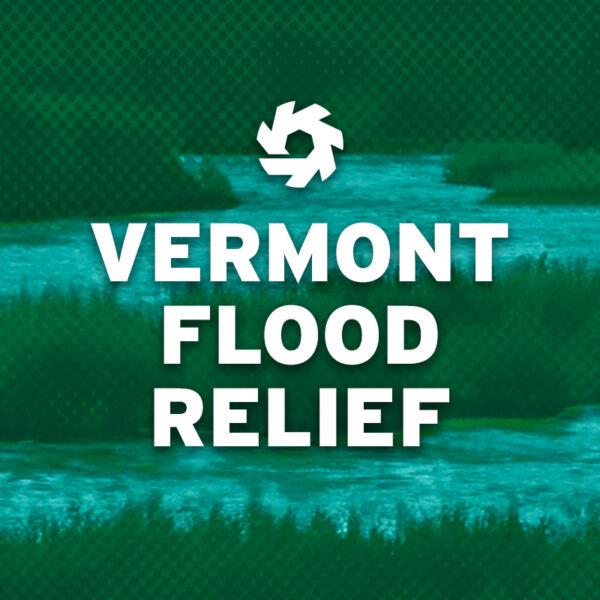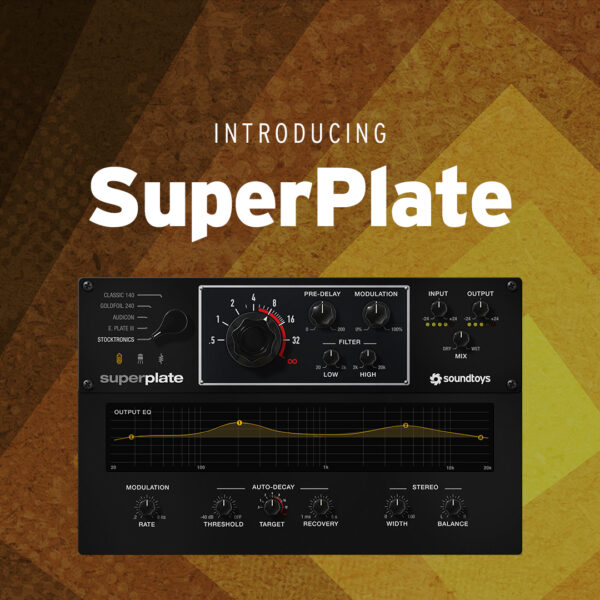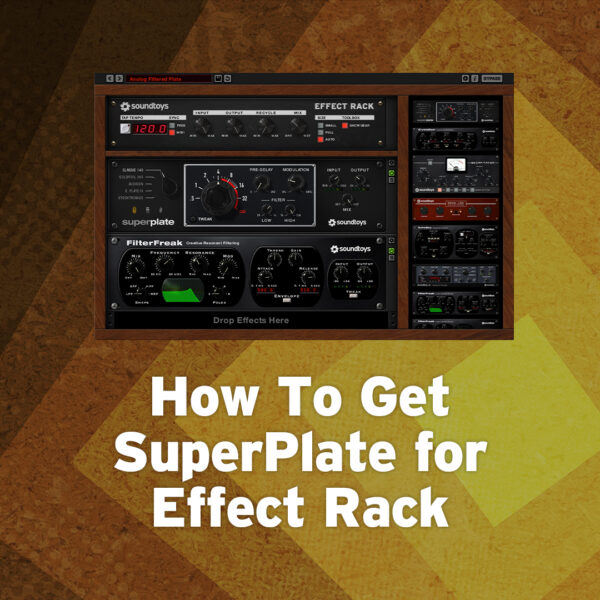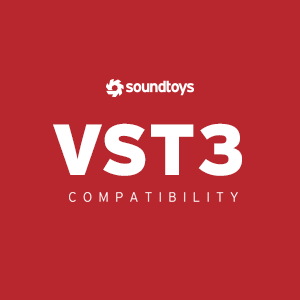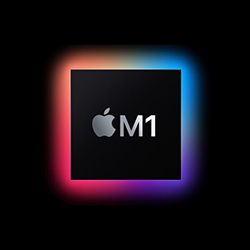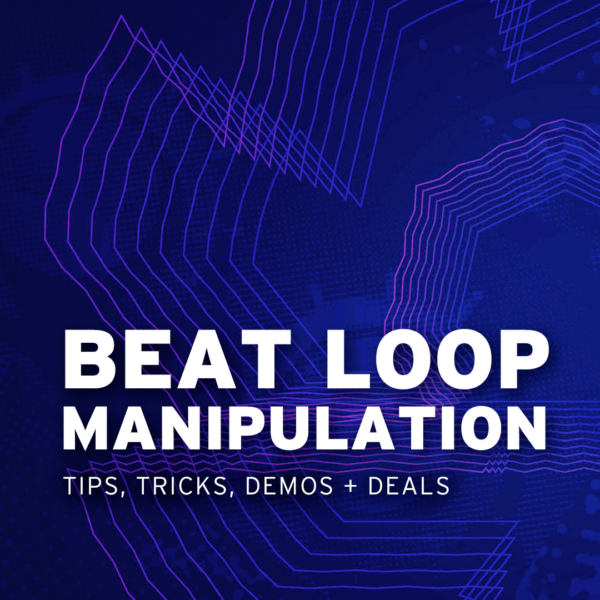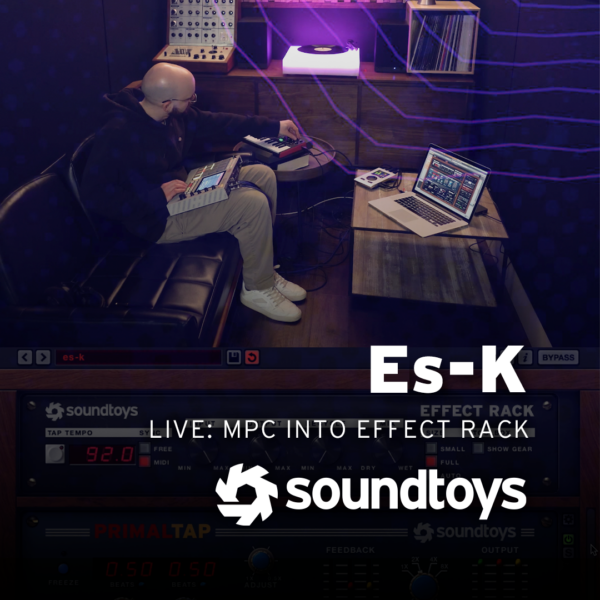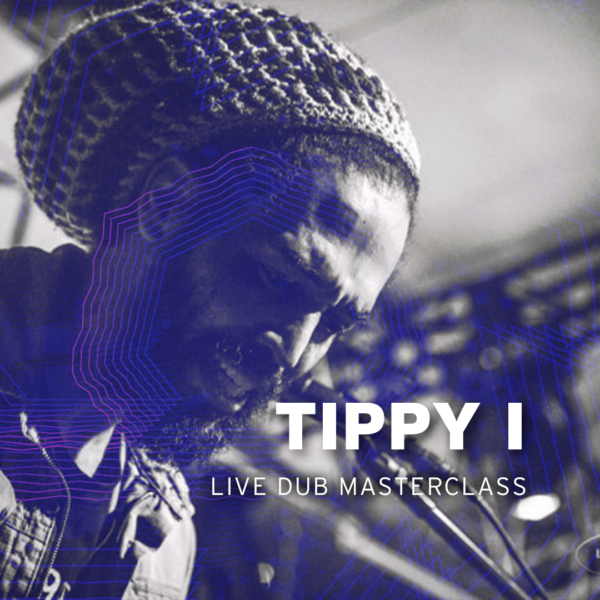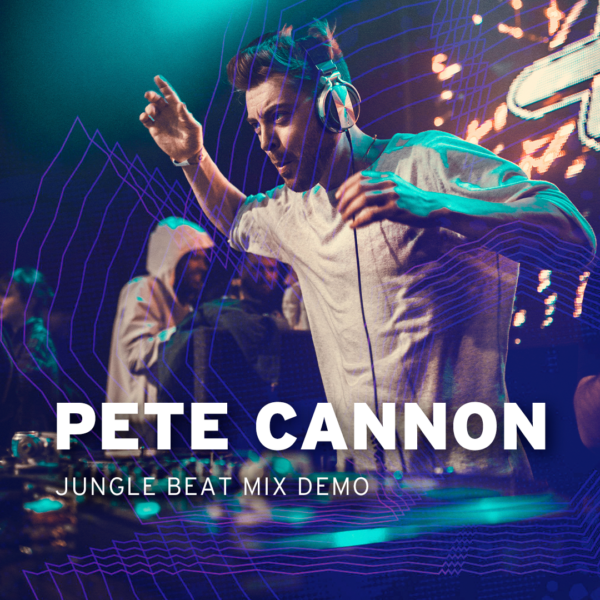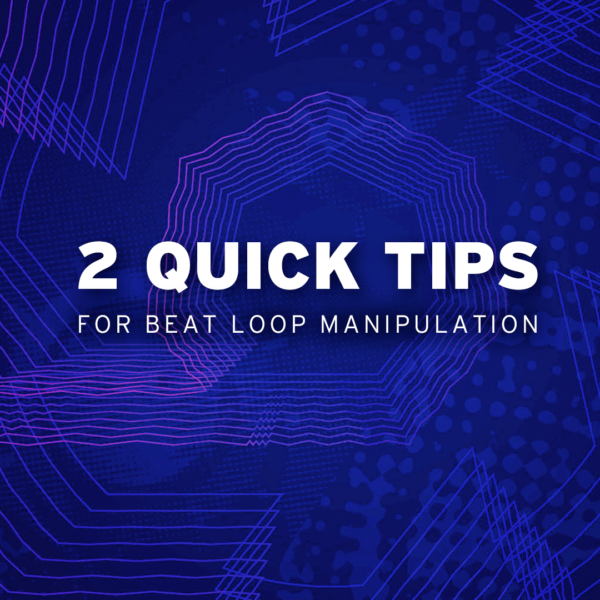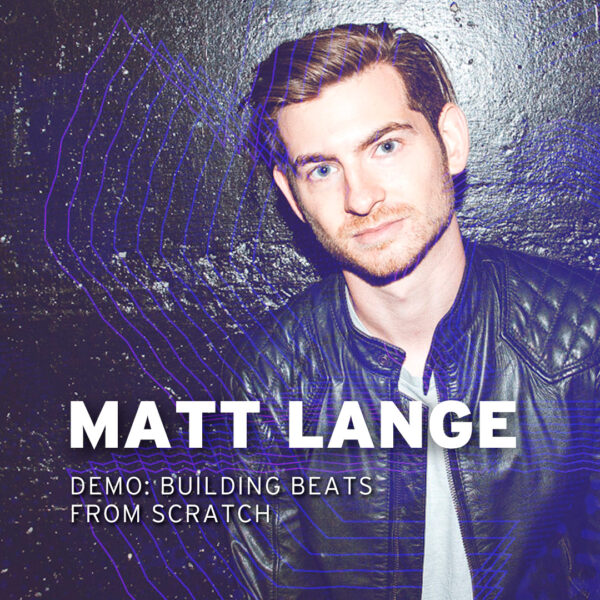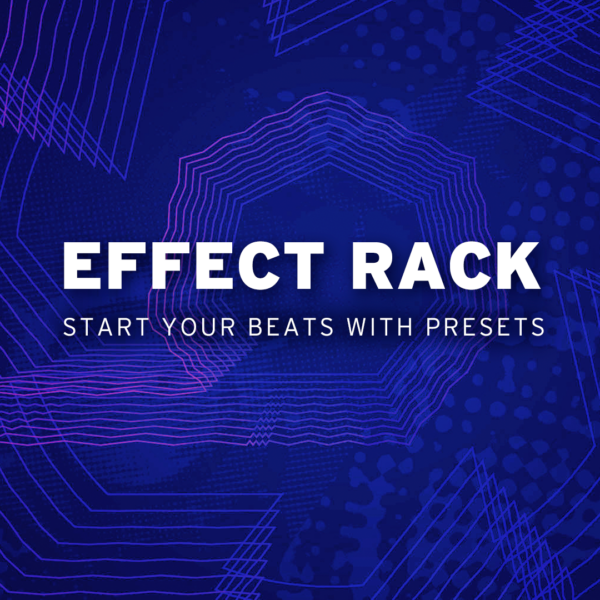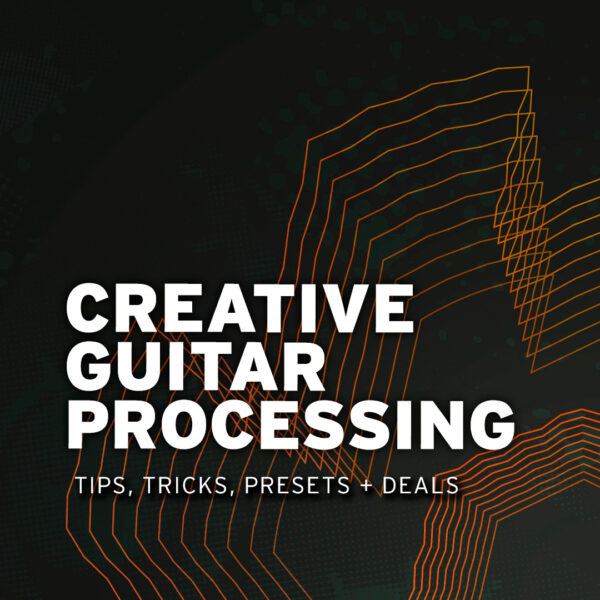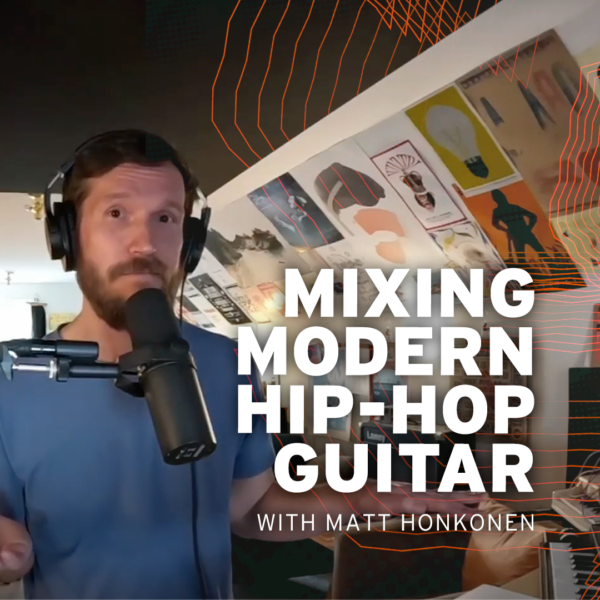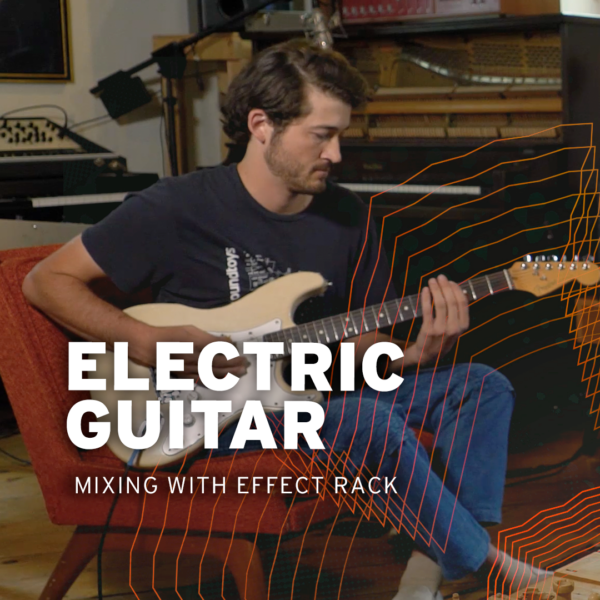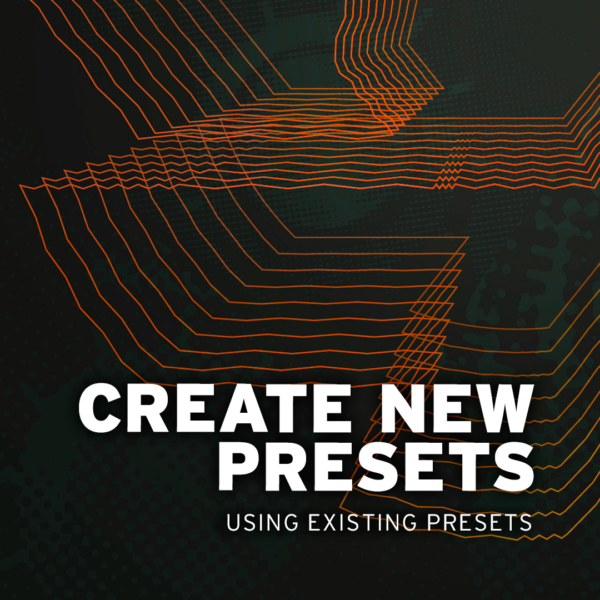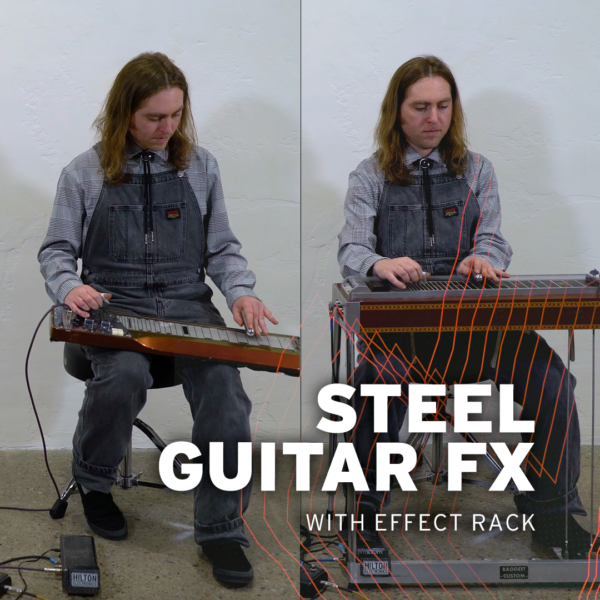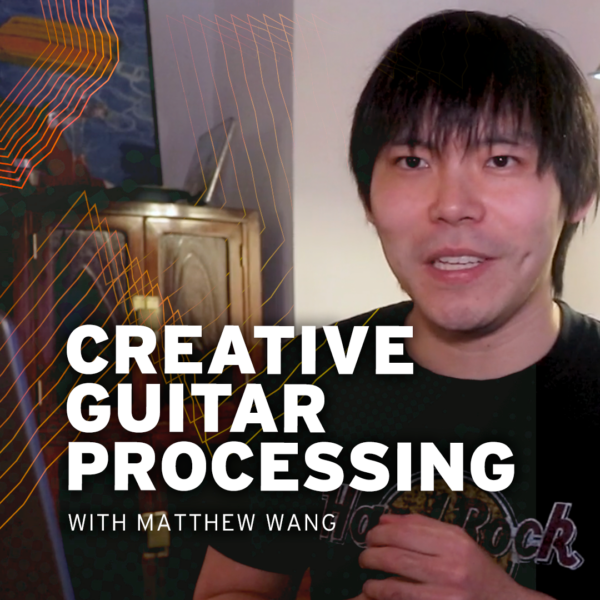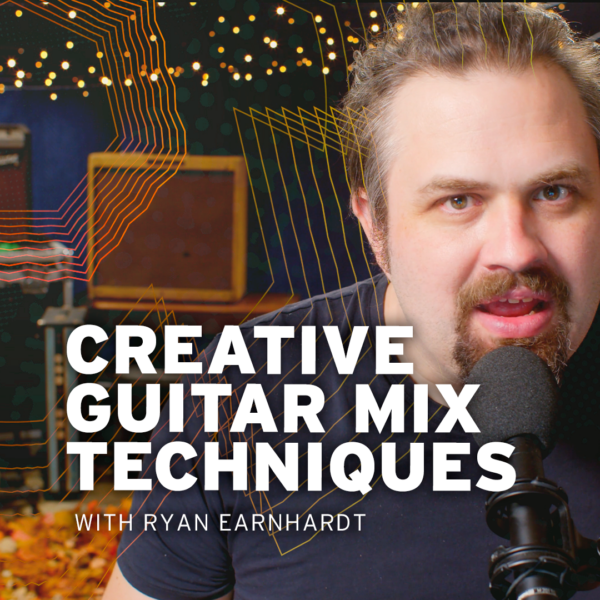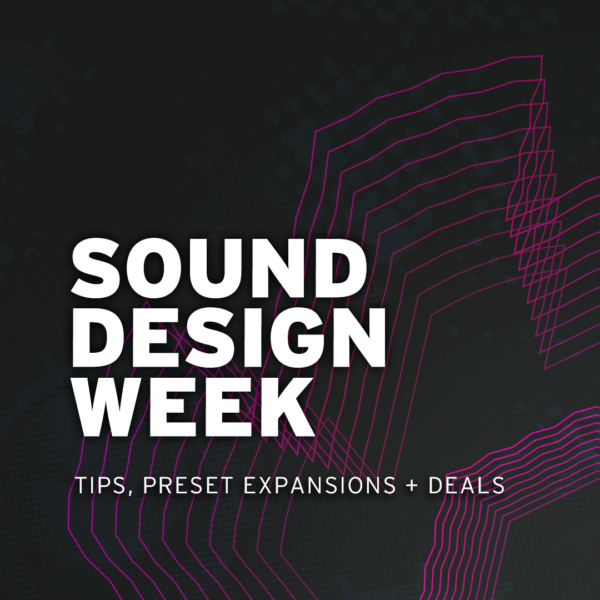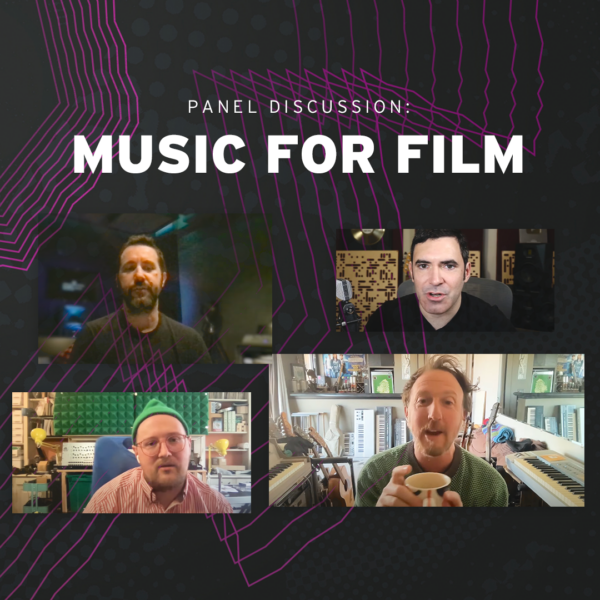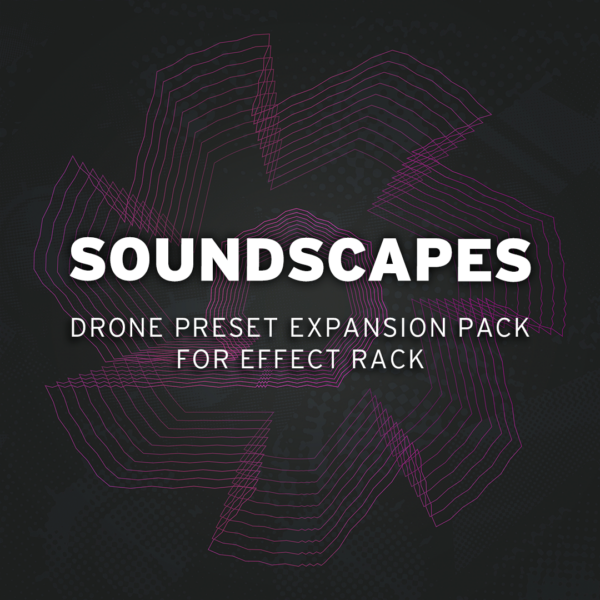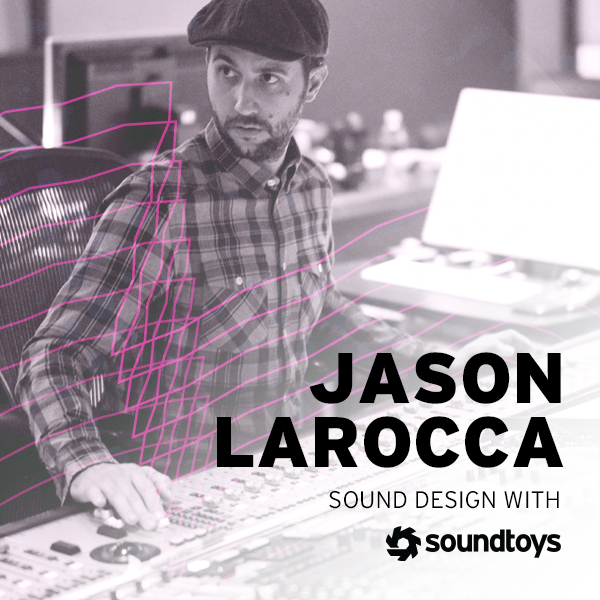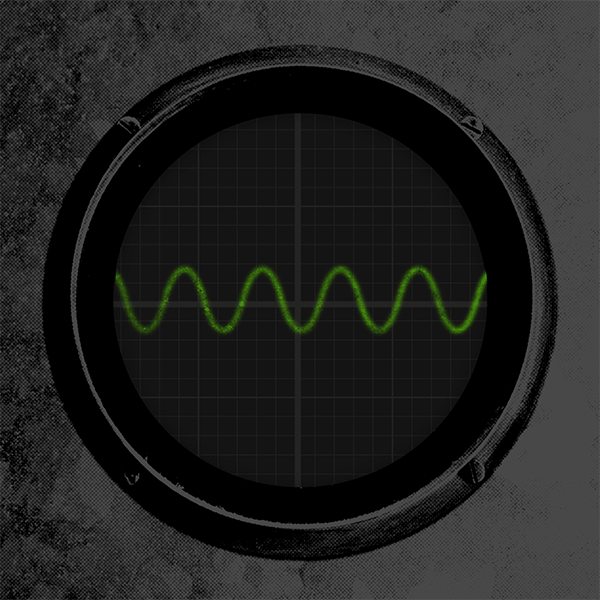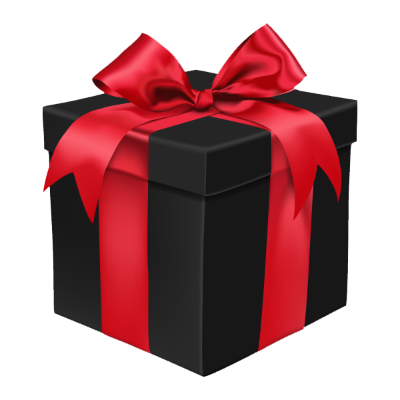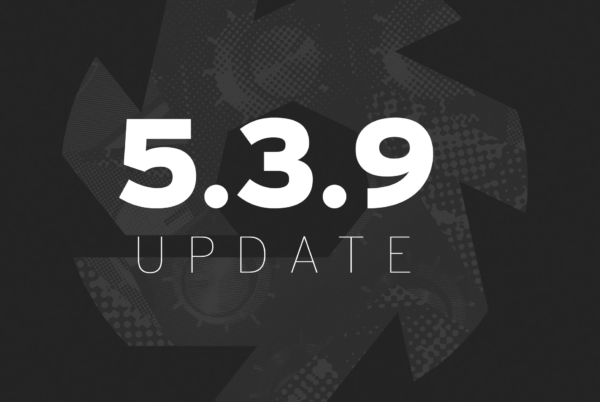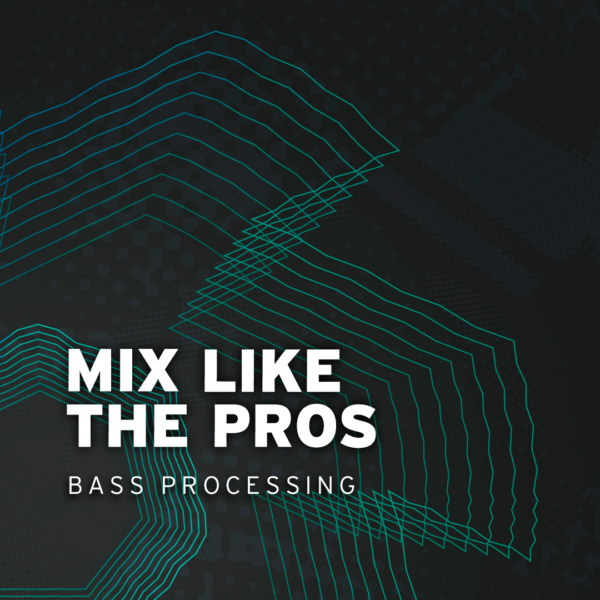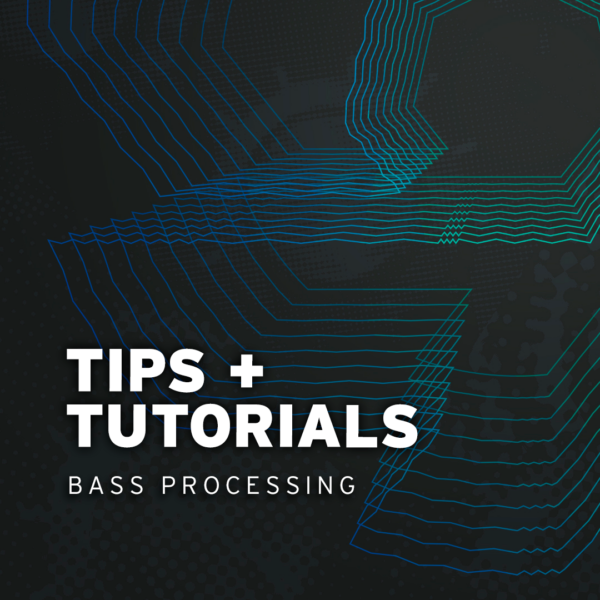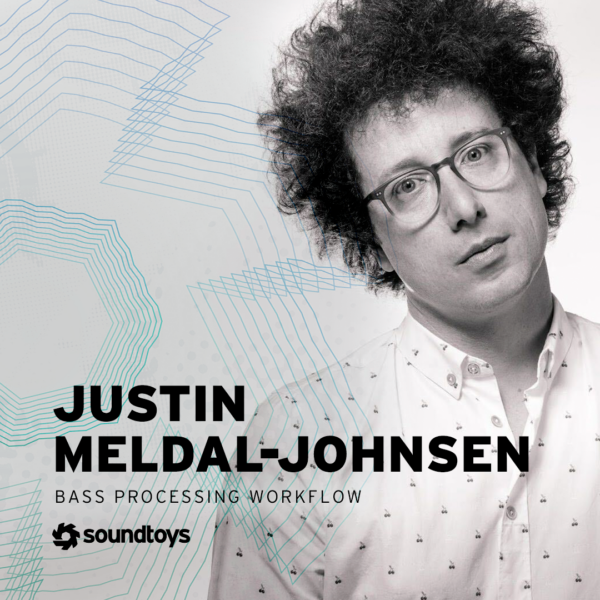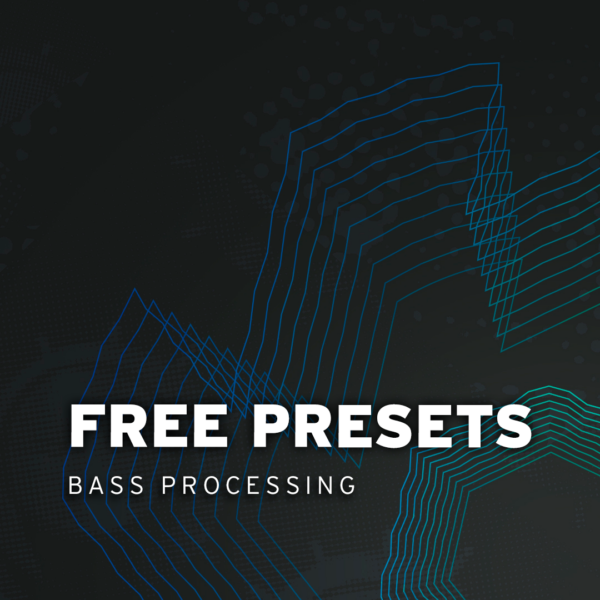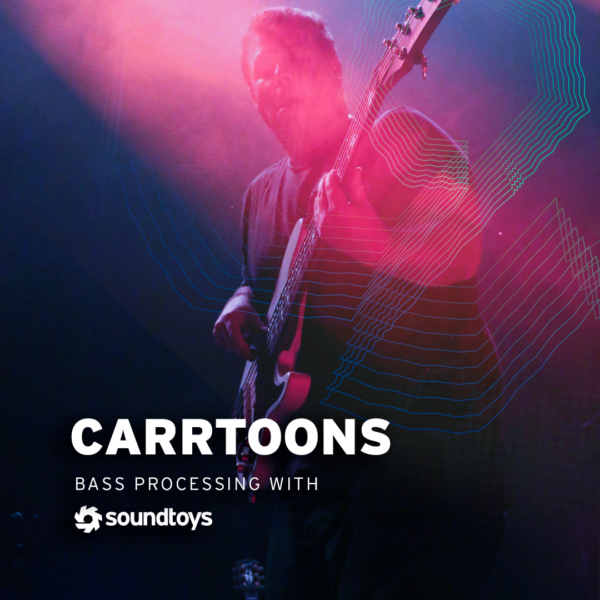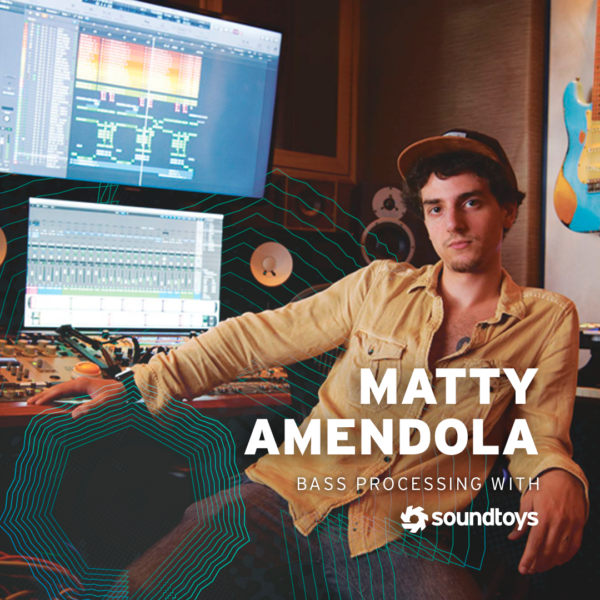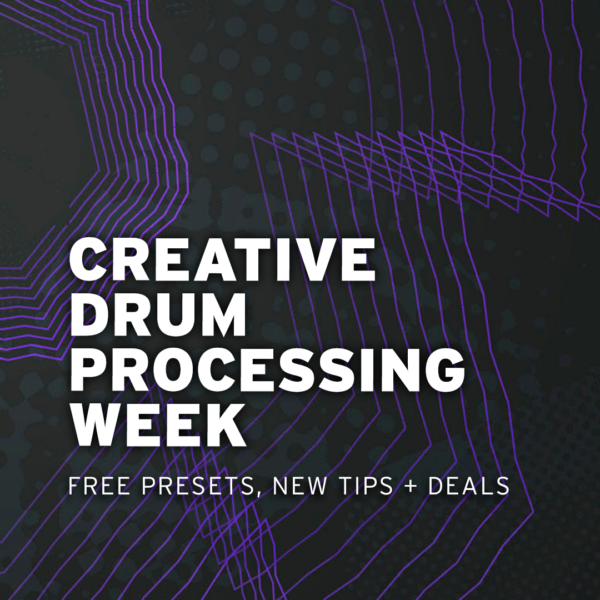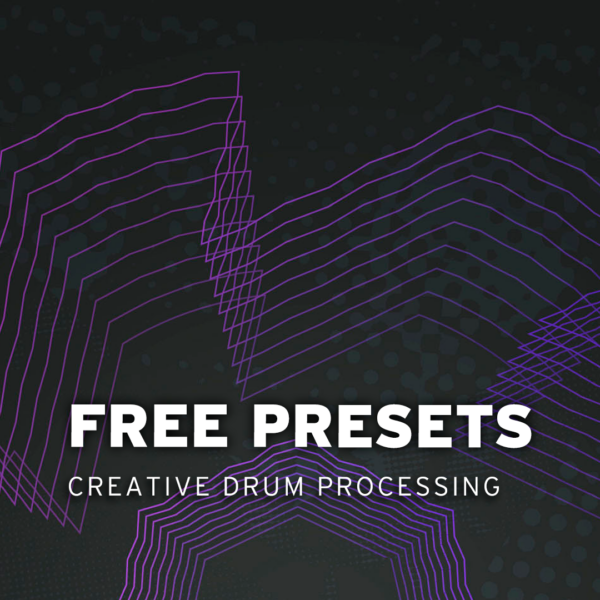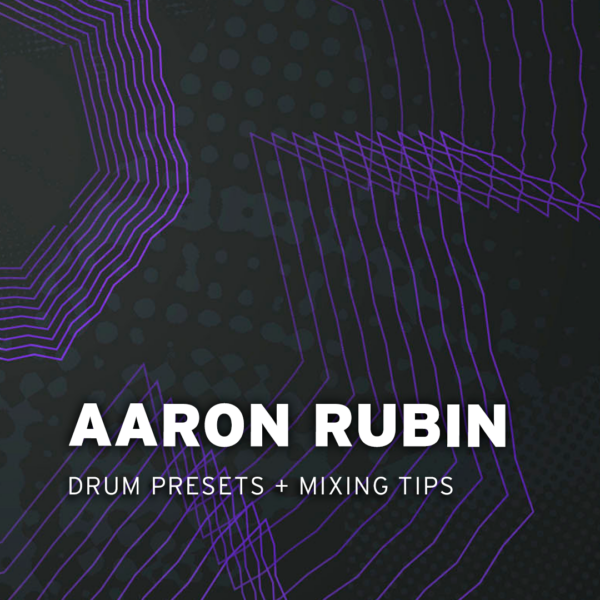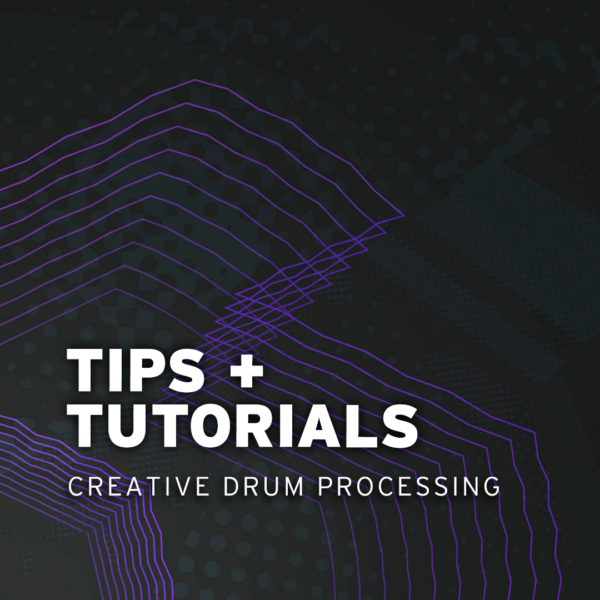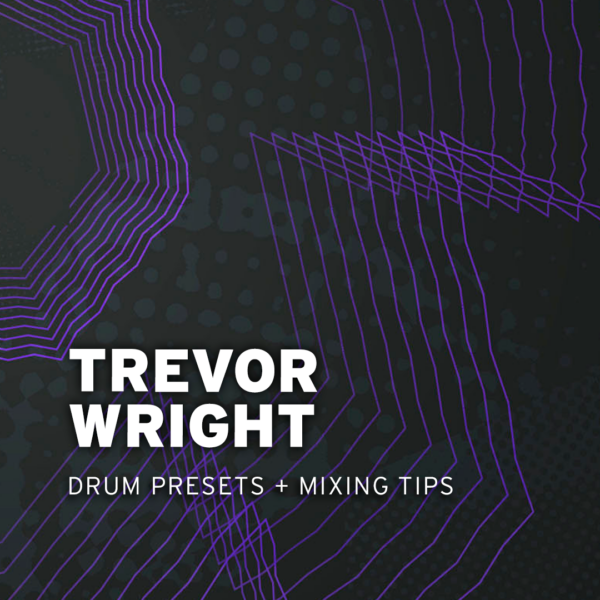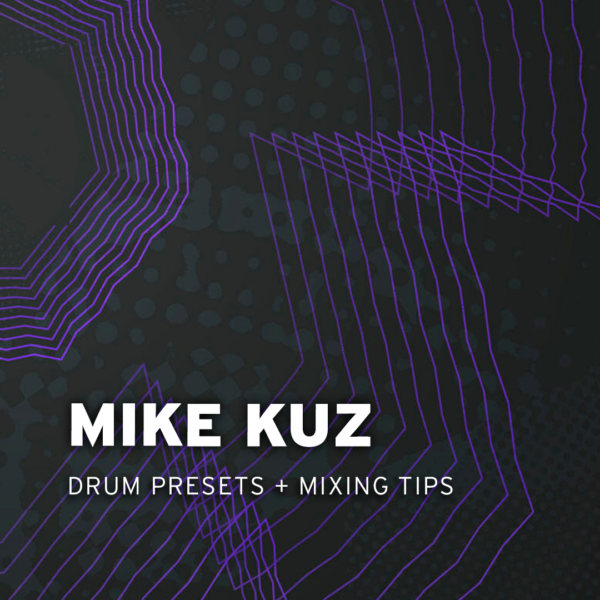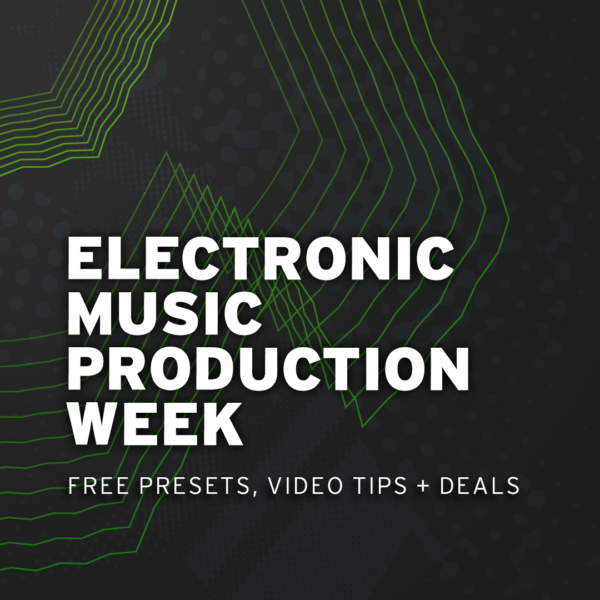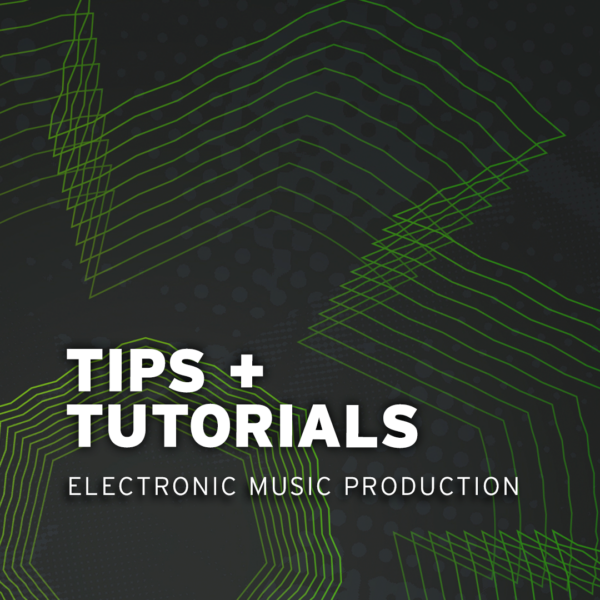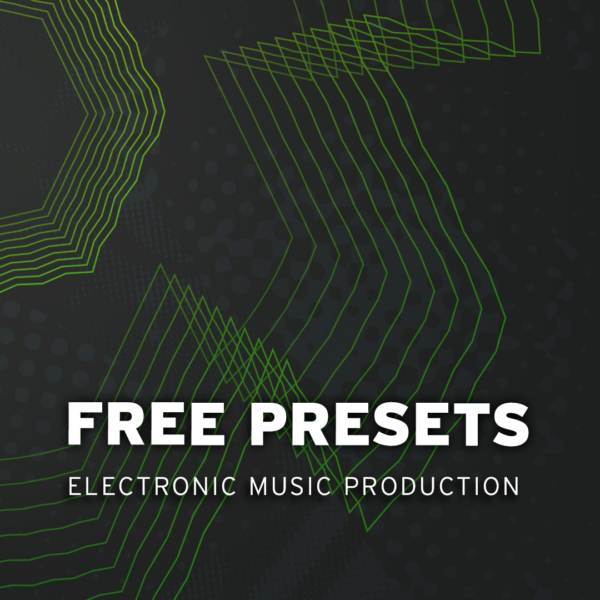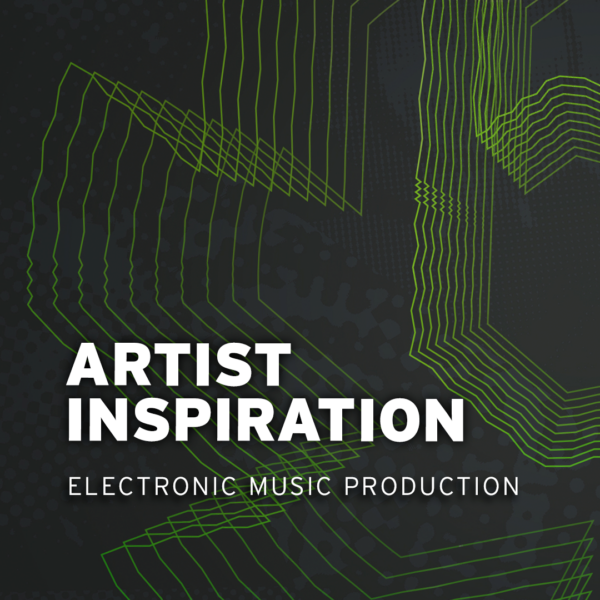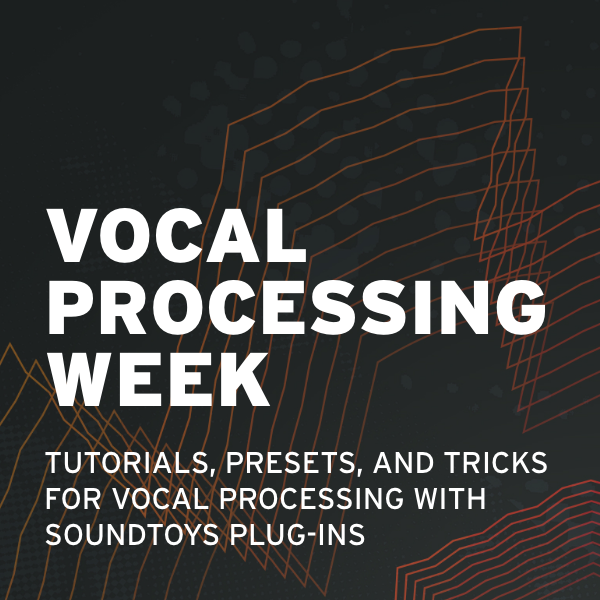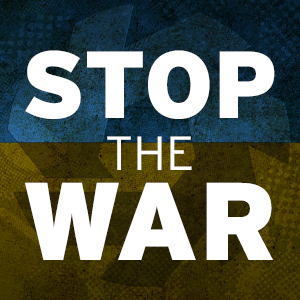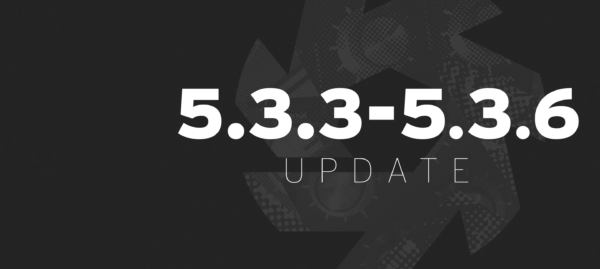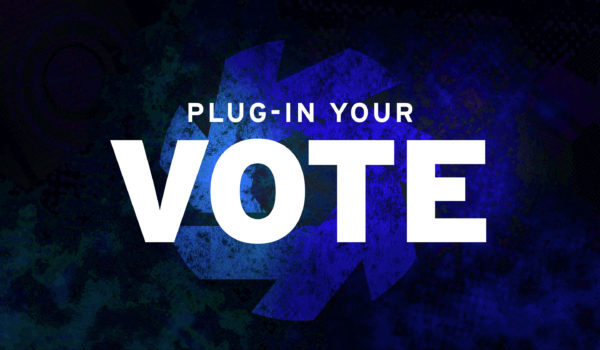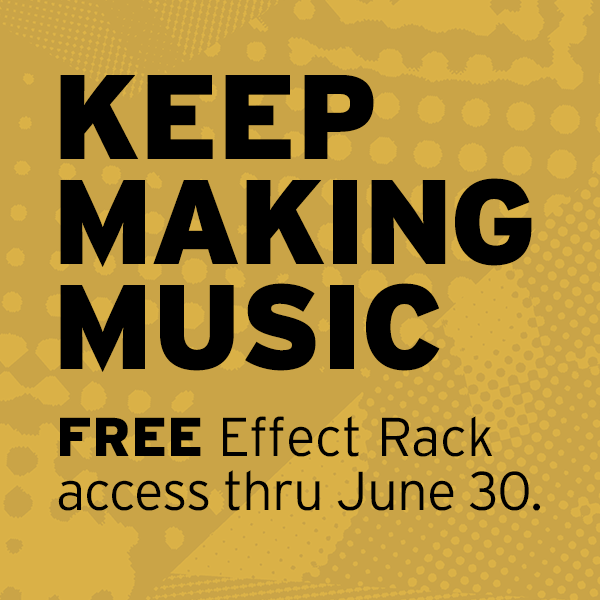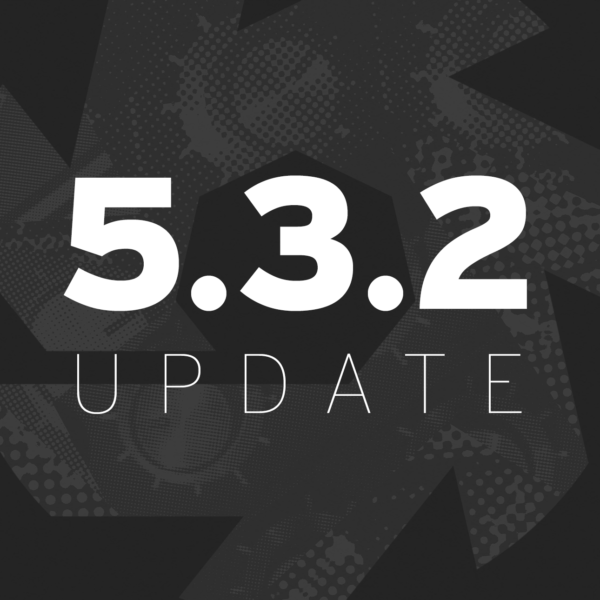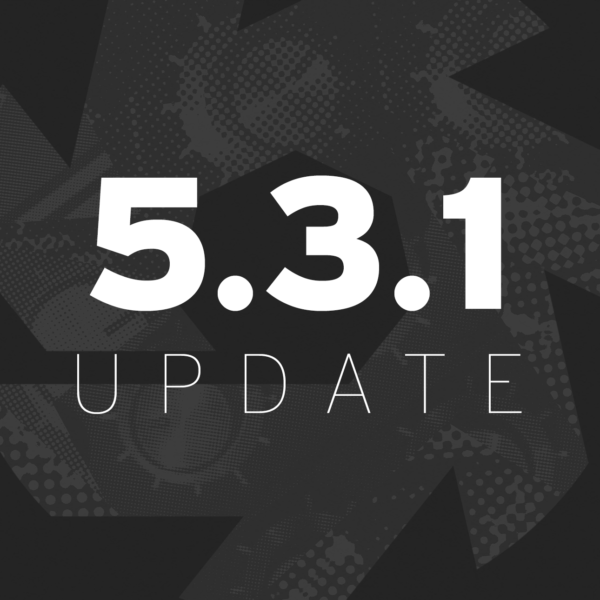Scott Hansen is a San Francisco-based producer, composer, musician, graphic designer, and creative force behind the critically-acclaimed project Tycho.
For the past 10 years Hansen has been developing a distinctive aesthetic for Tycho by intertwining his carefully crafted visuals with a pulsing combination of ambience, samples, guitars, and synthesizers. Tycho was a solo project until the 2011 release of Dive, when Zac Brown and Rory O’Connor joined Scott for the recording process (and subsequent tour) to bring an unusually dynamic energy to the mellow downtempo style.
Tycho recently concluded a two-year world tour for their fifth studio album, Awake. Scott is a long-time Soundtoys user and analog gear fanatic, so when Tycho played in Burlington, VT, we invited him by the Soundtoys headquarters to discuss inspiration, gear, production techniques, and the use of Soundtoys plug-ins in his creative workflow. The result is the second installment of our video series, Process:
Your sound is quite unique and has very identifiable characteristics. How would you describe it?
That’s really hard to be objective about. I can tell you what I try to build into it, and that’s a warmth and a texture and something that’s reminiscent for me of the kind of music that I grew up listening to. I think that’s a lot of the ’70s/’80s big console sound, and a lot of the effects that apply warmth and color to everything. It’s something that maybe has a little bit more of a timeless nature. That’s usually what I’m trying to go for.
Is there one piece of gear or an instrument that is the key part of that sound or has the largest impact on that sound?
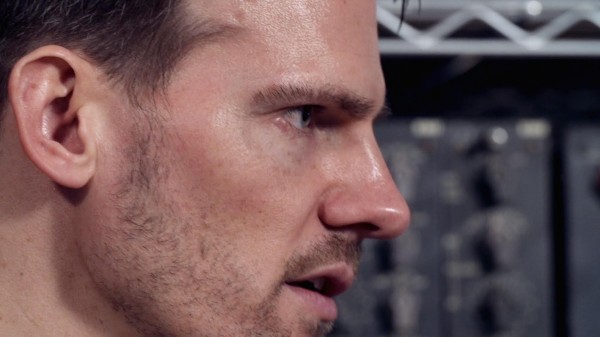 It’s a 1972 Model D, and for whatever reason I just feel completely connected to that thing. It’s so responsive. It’s the closest thing I’ve ever found to a guitar in a synthesizer. For whatever reason when I sit down and play those, things just flow. With a lot of the newer stuff it’s harder just because for whatever reason it takes longer to get into a space where I feel inspired by the sound.
It’s a 1972 Model D, and for whatever reason I just feel completely connected to that thing. It’s so responsive. It’s the closest thing I’ve ever found to a guitar in a synthesizer. For whatever reason when I sit down and play those, things just flow. With a lot of the newer stuff it’s harder just because for whatever reason it takes longer to get into a space where I feel inspired by the sound.
“You’re playing the effects just like you’re playing the instruments.”
Do you ever get inspired by playing through an effect like an echo or something like that?
I’m always playing through some sort of effects live. I really enjoy reverbs and echo effects. I started doing music in the late ’90s / early ’00s when every piece of hardware had a built-in reverb and echo and compression, so for me that’s always been part of the instrument. It took a little bit of getting used to when I started getting older synths that didn’t have any dedicated effects on board, because that was always something that had to be included. So, I think I learned music thinking that those had to be on everything, so now I put those effects on everything.
So, you play through the effects, but what about other parts of the process? Do you ever think about adding or layering effects later in the process? Are you thinking about that when you’re putting a song together, that maybe later I’ll add this effect, or that instrument?
Yeah. Definitely. I try to get the obvious effects, the things that are really gonna be in the forefront, at the very beginning, because that affects the way I’m gonna play it, and that affects what ends up being the sound. You’re playing the effects just like you’re playing the instruments. I think that’s an important thing, to get the really overt stuff out of the way first, and sometimes I’ll do that destructively though hardware. But with this last record I tried to split it at all times so I had the dry tone and then I could go back and affect it in anyway I wanted later. That’s why the software has been great, because it affords so much more flexibility. Later I can play through one channel, get the dry signal, and then go back and tweak it all. With the hardware effects, you’re stuck with it once you get it unless you record dry and then go out through it, but that’s not too inspiring for me.

“I’m apparently always searching for this kind of tonal space, and that can be achieved using pretty much anything. So why not use the tool set that’s the most flexible and has the best workflow?“
There are thousands of plugins and virtual instruments out there for music production. You have pretty much everything you could ever imagine, almost, at your fingertips. Is that ever a problem? Do you do anything specifically to close yourself in?
It was a problem at one point. I think I was in this mode of having to try everything, and slowly, I found a set of tools that I was really comfortable with. I realized that even if there’s some subtle difference or even if something I know is superior in some small way, I’ll just stick with what I have because I feel like there is something to being limited. When I started out, there weren’t any of these options. I started out just using hardware, and I think there was something about that I missed. And so these days, I try to pretend like all of my favorite software is a piece of hardware that I own, and that’s what I have, and that’s what I’m gonna use.
But that being said, I’m always looking for new stuff, if somebody’s coming out with something interesting that does something better or improves the workflow.
Do you think that working with a certain tool set helps keep your sound cohesive?
I would have thought that. But as I’ve changed things, and I definitely changed my approach pretty radically for this record, I still heard that sound. It really just validated the whole idea of keeping the tool set small, as I realize no matter what I go out and use, it’s all still me doing it. I’m apparently always searching for this kind of tonal space, and that can be achieved using pretty much anything. So why not use the tool set that’s the most flexible and has the best workflow?
That’s the tough part about being a musician and a producer at the same time. You’re writing the stuff, so you’re putting a lot of yourself into it on that end, and then you’re producing it, and so you’re adding that color to it that you would add to somebody else’s record if you’re producing. So, yeah, there is a fear that things become too homogeneous and things become one note. But for me, music was always kind of a back burner thing, until very recently. I feel like the first record [Dive] was the culmination of many years of doing it as a hobby, and then finally, bringing that all together to create the record that I felt like I wanted to make all along. So, it cleared the slate for me, and now I feel a lot freer to go out and explore and experiment a little bit more with evolving or changing the sound, which I think will be apparent on the next record.
“The visual brand of the whole thing is inextricably linked to the music. It’s all one in the same…”
You had a very successful graphic design business. Maybe you could talk a little bit about what that was?
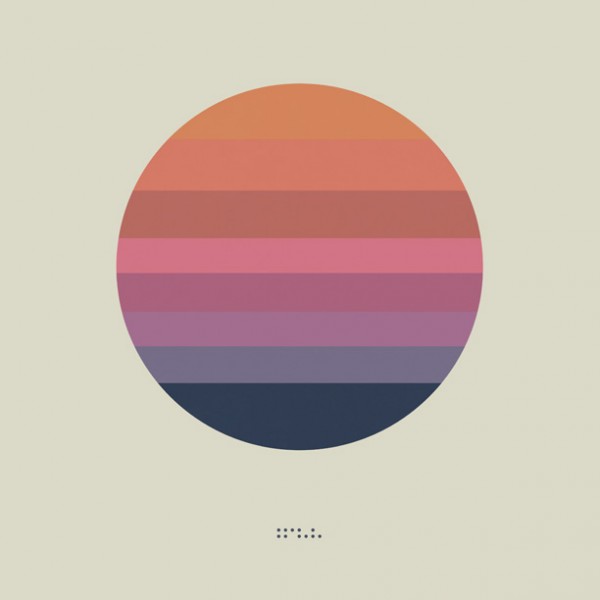 It took on various forms over the years. I started designing when I started making music, but obviously design’s a lot easier to make a living at than music in a professional capacity. I did a lot of freelance poster artwork and album covers. Mostly, in the beginning, I learned by just doing stuff for Tycho, just doing it for my own releases. Then I worked at a few companies, but mostly just did freelance stuff, and I really enjoyed it. But at a certain point, I felt like I gave this 10, 12 years of my life, and I figured it was time. I had the opportunity to focus on music for a little bit, and that’s where Dive came from. A year of focusing, and then after that we were lucky enough to be able to tour for awhile and get into a position where we could just focus on Awake. The design has folded into Tycho, and I see Tycho as an audio/visual project now. So, any design I do is in service of the project, whether it’s the visuals or the video elements of the show, or the album covers or posters or whatever. The visual brand of the whole thing is inextricably linked to the music. It’s all one in the same I think.
It took on various forms over the years. I started designing when I started making music, but obviously design’s a lot easier to make a living at than music in a professional capacity. I did a lot of freelance poster artwork and album covers. Mostly, in the beginning, I learned by just doing stuff for Tycho, just doing it for my own releases. Then I worked at a few companies, but mostly just did freelance stuff, and I really enjoyed it. But at a certain point, I felt like I gave this 10, 12 years of my life, and I figured it was time. I had the opportunity to focus on music for a little bit, and that’s where Dive came from. A year of focusing, and then after that we were lucky enough to be able to tour for awhile and get into a position where we could just focus on Awake. The design has folded into Tycho, and I see Tycho as an audio/visual project now. So, any design I do is in service of the project, whether it’s the visuals or the video elements of the show, or the album covers or posters or whatever. The visual brand of the whole thing is inextricably linked to the music. It’s all one in the same I think.
“I own a Memory Man and a Space Station and all those and still… EchoBoy is kind of my go to reverb.”
Just getting back to effects, you talked a little bit about the Ursa Major Space Station. Is that your favorite effect?
Favorite’s a tough word. What do I use most? Probably not those just because it’s a very specific sound and it’s something that needs to be used sparingly. But if I had to pick some of my favorite moments where an effect took on a life of it’s own and really took things to a different place and almost wrote parts for me, I would say the Ursa Major was the thing. You can do stuff with that. At the beginning of Hours that pad is actually just a guitar run straight [through a Space Station] and no other effects. It’s just run through the Ursa. And it’s like that sound just doesn’t… it’s almost like a synthesizer at that point. It’s creating a sound out of nothing. So yeah, those things… It’s definitely the most inspiring kind of effect I’ve ever heard, I think. It’s amazing what that thing can do, and how it modulates and shapes the tails and stuff. It’s amazing.
[soundcloud url=”https://api.soundcloud.com/tracks/20297454″ params=”auto_play=false&hide_related=false&show_comments=true&show_user=true&show_reposts=false&visual=true” width=”100%” height=”450″ iframe=”true” /]
Is there anything else that inspires you enough to almost write a song around it?
I think the reverb in the Virus. I really like that. There’s something about the timing of it and how dark it is that really inspires me. I run a lot of arpeggios through that and just slowly turn the reverb up and it just creates this space. And then, EchoBoy… a lot of stuff on there, especially the Memory Man [style]. I think it’s my favorite echo, even though I own a Memory Man and a Space Station and all those, [EchoBoy] is kind of my go to reverb. Just the way that it affects the delays is really interesting and really inspiring for me. I’ll usually put that after the reverb on the Virus so it’s actually sampling the reverb tail and echoing that as opposed to the dry signal alone. We’ve experimented with running a plate reverb through EchoBoy and it was really fun.
When I listened to your show last night, and when I listen to the records, I hear that really watery chorus reverb sound running through a lot of things. What is that?
It’s definitely the D16 Toraverb, which has this… it’s a lot like that Ensoniq DP/4 thing. I guess it’s like a modulated reverb. But whatever’s going on in there it’s got this really weird kind of warbley thing, and I used to do a lot of pitch modulation on the actual tone or on the printed tone with the effects and just kind of warp it. So it sounds like it’s going through tape or something. And I found that I don’t really have to do that as much anymore when I use a reverb like that. So it’s really nice. But then on the Virus, that’s a Virus C, and I just felt like that series, whatever was going on with the conversion or the output stage, gives everything this warmth. It smooths things out and gives it this darker space. And so I like to run stuff through that. It’s got a nice sound.
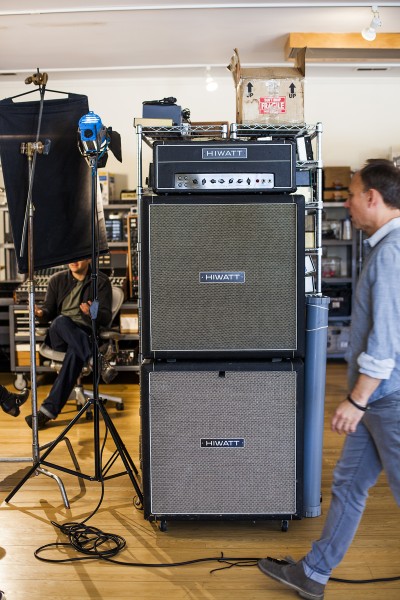 So you talked about pitch modulation and that warbley thing. Are you a Boards of Canada fan by any chance?
So you talked about pitch modulation and that warbley thing. Are you a Boards of Canada fan by any chance?
Absolutely. Yeah, I’d say a little more than a fan. Yeah, they were definitely my biggest influence. I listened to a lot of Roni Size and LTJ Bukem and then got into DJ Shadow and all that. And I loved all that stuff but it never resonated with me like the Boards of Canada stuff. Boards of Canada defined a space that I felt really comfortable in as a producer. And they just showed me there’s a different way of going about electronic music production that doesn’t involve so much of the dance or the electronic element. It’s a much more organic way of recording. So yeah, that taught me the whole lo-fi, tape vibe thing and I took my favorite parts of that and applied them in different ways.
“It was so out of control but at the same time, really harmonic and nice.”
The new record is definitely cleaner than the previous ones, but there are tracks where there’s some obvious distortion. What’s your tool for that? How do you approach that?
The distortion? There’s a lot. We used some solid-state pre’s, but I’ve kind of learned to just… The same with the software side, I try to stick to it. I’ll just say, with the Universal Audio 6176, This is the channel I’m going to record this record with. Everything’s going to go through there. When I record bass, it’s going to be the same settings basically every time, and then approach any creative effects in the box, or running it back out but get the cleanest, smoothest, predictable signal you can and then change it. We used Decapitator for a lot of the distortion, and we used Devil-Loc. And then a lot of the stuff I’m just running back out and re-amping. The Great River EQ-2NV has a drive stage on the front end of each EQ so I did a little bit of that, and then the really heavy stuff was an SSL console. We just drove the inputs on that.
Why don’t you talk about that one song on the new album where at the end where you were cranking the shit out of the SSL?
Yeah, that was really cool, because that was the most “on-the-fly” improvisational part of the whole mastering mixing process. We actually mixed and mastered the whole record and I just was… there was something about it that just felt brittle to me. My friend Christopher Willit’s had access to a studio in San Francisco with a big SSL Duality, and he was always telling me, “Man, we should really try running it through the G-Series, run it through two channels and through the G-Series compressor on that, the buss compressor.” We got the label to give us another week and we went in there for a couple of nights, just in the middle of the night, and we were slamming everything through that SSL. We basically took an insert and we had the Master Channel in Reaper and we had NobleQ. Anyways, we had all these things lined up with L2s and L3s and all that stuff, limiters, and whatever the SSL clone was that we were using, we just took [all] that out and put a software insert that would run it out through the SSL, and bring it right back in, and we just got this really nice movement and warmth. So, on that last track, Plains, we were just messing around. He was like, “Listen to the distortion on this thing” and we just started cranking it. It was just this really pleasing distortion. It was so out of control, but at the same time, really harmonic and nice. So we just sat there at the end and started turning those up slowly and fading in this really distorted sound, but as we were fading out the track. If you listen on headphones, you can barely hear it. But it just gets so like… it’s like basically screaming at the end but it’s so quiet that it’s not overwhelming.
[soundcloud url=”https://api.soundcloud.com/tracks/138292321″ params=”auto_play=false&hide_related=false&show_comments=true&show_user=true&show_reposts=false&visual=true” width=”100%” height=”450″ iframe=”true” /]
Let’s talk a little bit about your songwriting process. How does that evolve and where do you start? Do you start with a melody? Do you start playing guitar? Do you start on your synth, piano?
Yeah, so this record [Awake] was the first record where I worked with other people from the very beginning of the writing process. Well, I worked with Zac Brown. He worked in a limited capacity on Dive; on a few of the songs he came in at the end and layered stuff over and sometimes rewrote some bass-line type stuff, but we just didn’t really know each other before that and it was later in the process. But this time we actually sat down together. So it was a little bit different of a writing process, but it was similar in the respect that we always started with melodies, and a lot of times started with guitar or just some really basic synth ideas and some loops and then build out from there. But for me, the most inspiring part of the process is actually taking those ideas and almost remixing them.
“A song like Awake… that was very in the moment, that was like eight or ten hours from start to finish. It pretty much didn’t exist and then it was done.”
So I’ll take three passes, where we’ll have the initial idea and it’s like there’s something there. And then I’ll spend a week or so on it, producing it and arranging it out into something and as that happens you find all these permutations, and so then you’ll end up with five ideas and then you pick the best one of those, and then do that again, and that will make five more ideas. A lot of times the one you end up with has nothing to do with the original, but it gets more boiled down to whatever it was that you were really trying to express originally. That becomes more and more focused, and so that for me, a lot of the songwriting for me is actually an artifact of the production and arrangement process. It’s not this moment of inspiration all the time. But, a song like Awake, the title track – that was very in the moment, that was like eight or ten hours from start to finish. It pretty much didn’t exist and then it was done. So that’s kind of an outlier, but the rest are very much like the product of weeks of revisiting things and honing in on stuff.
So, would it be a conscious thing, where you and Zac would go into the studio and say, “Okay, we’re gonna work on some ideas?”
I had some stuff cobbled together from the time in between Dive and Awake that I definitely felt like were some good starting points, but they were pretty minimal ones. And so, we decided, “Let’s just go.” We went and got a cabin, one of his friends let us borrow it for two or three weeks, up in Tahoe in the winter. It kind of turned off the outside world and we just sat there and wrote the whole thing in a few weeks. And then I brought it home and took that first production pass. And then we went to Santa Cruz and spent another three or four weeks fleshing out the ideas and starting over on a few things. And then that was when Rory first came in and started playing drums, during that time. And then I took another pass at home, and then we went into Decibelle [Recording Studio] and finished it up. So, it was very conscious, “We’re gonna write here. We’re gonna produce here. We’re gonna write here and then arrange, whatever.” Which is the first time for me, the other records were just these protracted, meandering journeys of like, “Oh, I was working on that for a couple of weeks.” And then maybe six months later you’re like, “Oh, I remember that song.” and mess around with it. This one was a much more focused, concerted effort during a specific period of time.
How do you pick the names of the songs once they come together?
Oh, yeah that’s a tough process. I try to keep them really concise, and I try to remove any loaded meaning. I don’t want there to be anything where I’m forcing some perspective on people, I want them to build in their own meaning. The names aren’t arbitrary to me, but I think I want them to feel that way to other people. Where it just sets a baseline and then they can go from there. Like Awake, is just that. For me, that being the title track and the way that song came about, it was kind of an awakening, or a clearing of the slate, a new beginning. And that’s how I wanted this record to feel, like it’s a new day, where everything is new, and you don’t really owe anything to the past. Whereas, I feel like the last records were very nostalgic and looked a little bit too much to the past. And that was the beauty of them, but I wanted this to be a little bit more present, in the moment. So, that’s an example of a time when I think that the title is pretty obvious, even to outside observers. It’s pretty obvious, the meaning, but the other ones are a little bit more personal, or just have some vague meaning that I wouldn’t expect other people to pick up on.
[soundcloud url=”https://api.soundcloud.com/tracks/115300435″ params=”auto_play=false&hide_related=false&show_comments=true&show_user=true&show_reposts=false&visual=true” width=”100%” height=”450″ iframe=”true” /]
And that’s the beauty of music, that you can interpret it the way you want. Do you write songs for a specific thought or feeling or person?
It’s really about these vague, emotional spaces, for me. It’s trying to flesh those out and make those real. And it’s kind of this synesthesia thing coming back, because for me, the space that I’m envisioning… a visual space is almost… you can’t disconnect it from the musical space. I’m just trying to make those real, and so, in the process of translating that, a lot of other things come out, anything that happens to be going on at that time, or some specific people or places. There’s some tracks I can point to and say, “That’s about this,” but sometimes, I wonder if that’s more of an after-the-fact assigning it, and saying, “This feels like that experience.” Where, those could both be true, to a certain extent. Maybe that was built in subconsciously but, it’s not like lyrical music, where I’m actually speaking to a specific event, or place, or person. So, I can’t honestly say that any of them are about this one thing, but, I think a lot of the time, they take on that meaning.
Click here to stream the full album, Awake, along with the collection of official remixes.
Tycho just released a new single, Division, which you can listen to right here:
[soundcloud url=”https://api.soundcloud.com/tracks/271657161″ params=”auto_play=false&hide_related=false&show_comments=true&show_user=true&show_reposts=false&visual=true” width=”100%” height=”450″ iframe=”true” /]
You can follow Tycho on their Website, Facebook, and Twitter. Their music streams on Soundcloud and Spotify
BONUS: Watch a mini documentary by Tycho and his producer/engineer, Count, about the Awake years.


